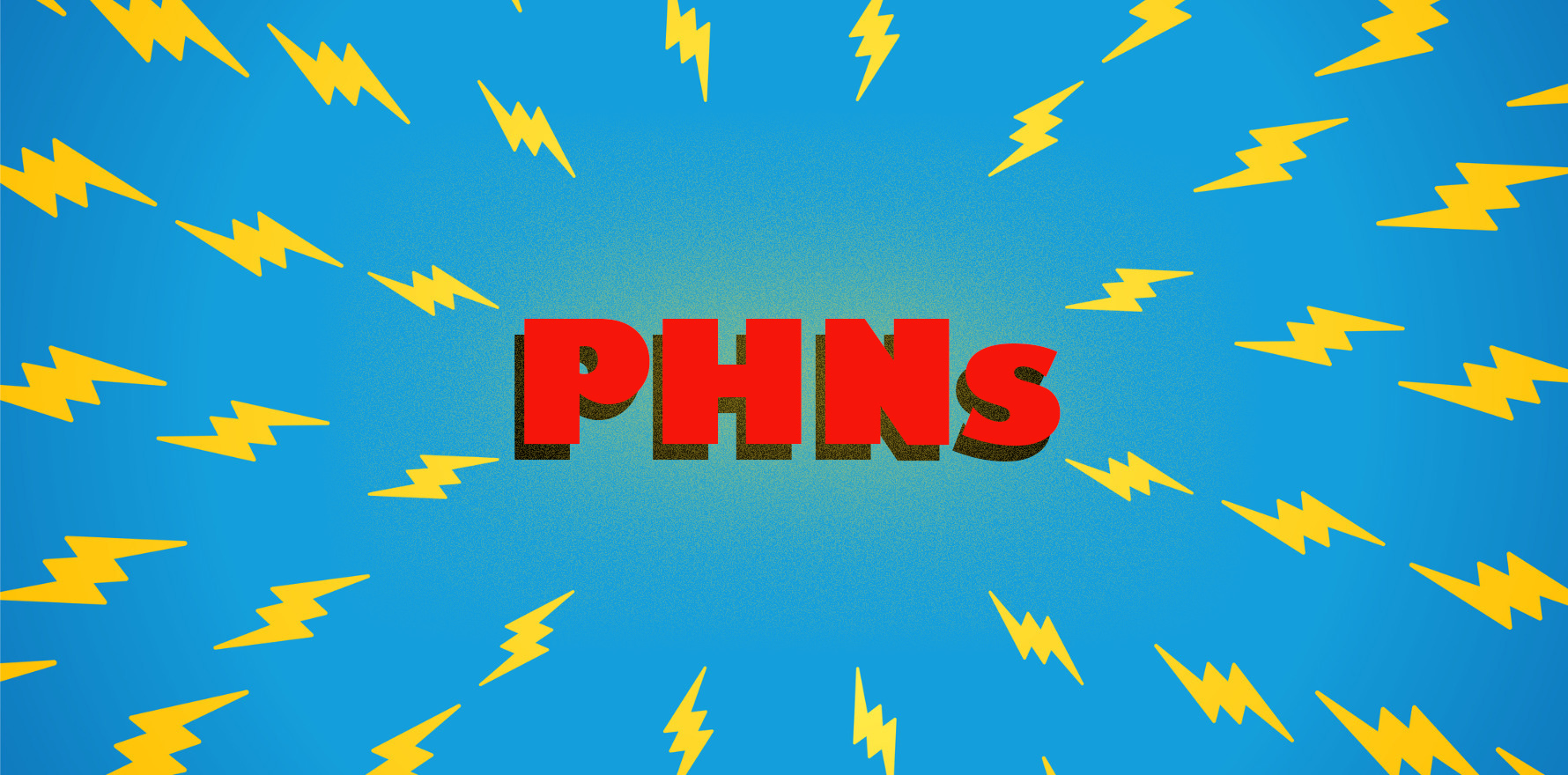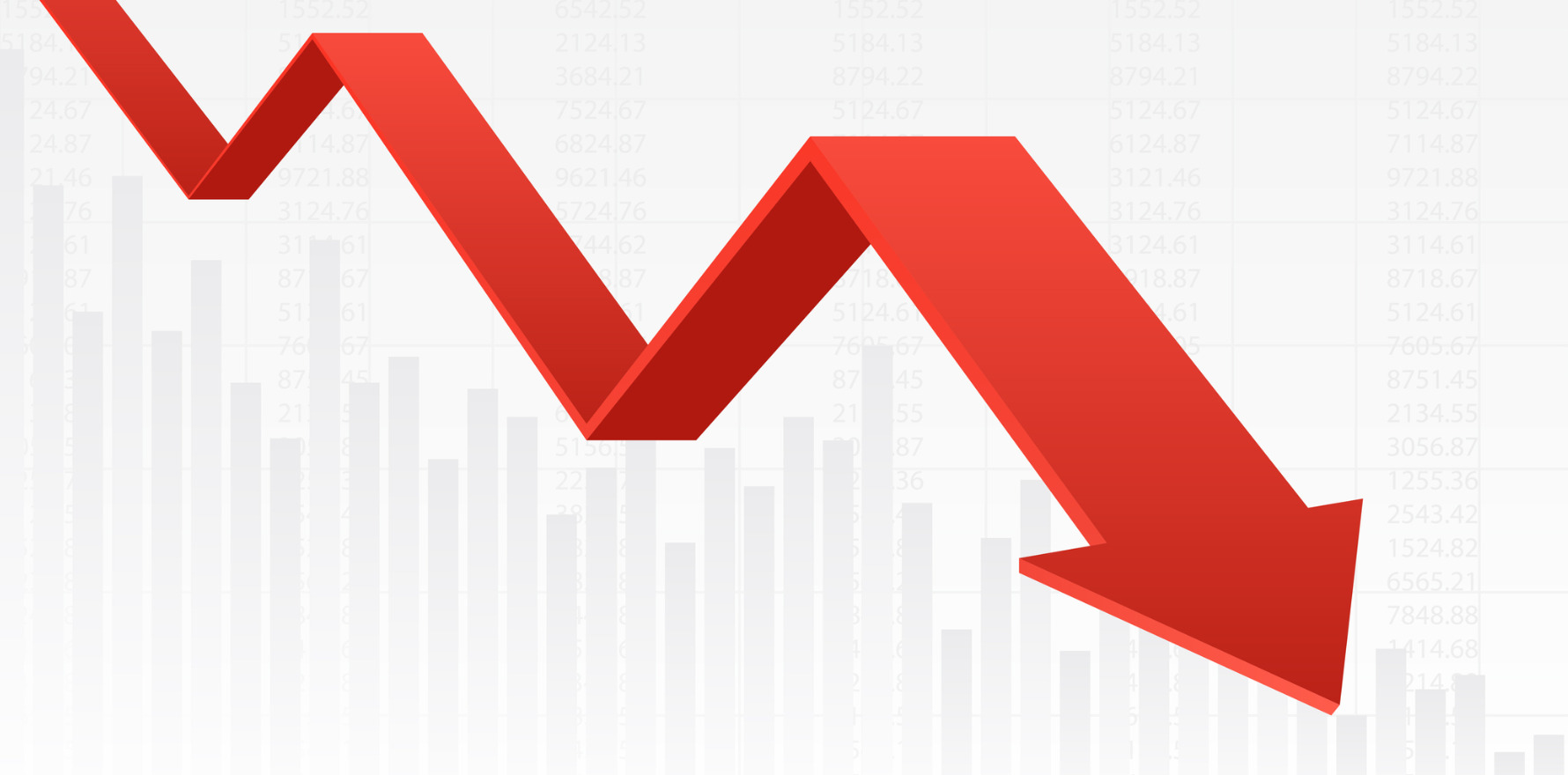How PHNs obtain and manage data is inefficient and will inevitably distract some from their core purpose.
There was quite a fracas this week over Health Services Daily‘s article on the Department of Health and Aged Care saying that it wanted to cut out the data extractors from the process of collecting and analysing de-identified patient data from GP practices.
PHNs want the data to help them develop population health strategies for commissioning and to help GPs with insights into trends around patients and their practices.
Some feedback we got suggested that we may have (inadvertently) thrown the DoHAC under the bus in terms of what PHNs thought might be behind the plan to end the current regime of data extraction, storage and management.
The DoHAC, as far as we understand, is just aiming to significantly improve the efficiency of what is going on, to take away some cost and unnecessary admin from both the PHNs and GP practices. They would also like to build a data resource that can be used by more elements of the health system than just PHNs.
If the DoHAC succeeds in pushing key software vendors into upgrading their products so they can all share data far more seamlessly and securely via technologies like FHIR and open APIs, then the data extractors, all of whom charge PHNs for use of their software, won’t be required. The GP patient management systems will be able to share the data directly and probably automatically at no cost to whomever they want.
This will to some extent empower GPs. The data is, after all, their data (it’s the patients’ too but we’ll get to that below).
But what about PHNs and their role in the population health data metaverse?
PHNs collectively have to ask themselves – are they data companies or companies whose primary role is to determine the needs of their local community and commission services to help meet those needs?
Of course, PHNs need good data to perform their primary role. But do they need to be the ones that extract the data, store it and manage it? Do they need to be the ones that effectively own most of it?
Owning and managing data is a very seductive game to be in. Data is power in almost every sector of business, health included.
But there are very obvious issues with PHNs moving too far into the data game.
Governance and management capability varies greatly between the 31 PHNs across the country. Having 31 PHNs all try to become masters of data at the same time is an obviously wasteful and even dangerous idea. Some will get it right, some will get it disastrously wrong (likely from a cybersecurity perspective) but if they all try, 31 groups will end up building much of the same capability 31 different ways.
PHNs might argue that they have cracked this problem by collectively contributing to the Primary Health Insights (PHI) data lake facility in WA run by WAHPA.
But the PHI concept, while sensible in terms of centralising resources, governance and security, is still flawed in a few important ways.
The most important may be that in the data paradigm being planned by the DoHAC for de-identified general practice data has a lot more uses for the betterment of the health system than just what PHNs can do with it. Which means that regardless of what the PHNs build for their own use of the data, the government must and will in some way be building their own version of the same thing.
That would mean another double-up of skills, expertise and resources on top of the 31 PHNs we currently have buying data extraction software themselves and trying to organise all the extraction themselves in their community.
It’s all double-up.
Remember PHNs are almost entirely government funded.
The irony here, or stuff up, depending on which way you want to look at it, is that it was the government that funded the PHNs to go and build their own extraction software and a giant and sophisticated data lake facility in WA.
That’s bad.
But it would not be nearly as bad as persisting with a very old, hugely inefficient and very insecure data management model in which every PHN in the country continues to pour money into extracting, storing and managing their own data.
Everyone should be a little afraid to some extent of government managing the data on behalf of GPs, PHNs and the many other healthcare research and provider facilities that would benefit from such a central data store.
But it makes a whole lot of sense.
Despite what we love to think, the government has a huge skill base in data storage and management access the required amounts of money to do it properly and securely. The My Health Record, love it or hate it, is one of the most secure databases in the country (touch wood) and to get it that secure took a lot of expertise and experience, the sort you just can’t get in a PHN, or even a $10 million data lake facility.
The upside for PHNs if they align into this new paradigm will be:
- Better data, albeit supplied from another agency, likely the Australian Institute of Health and Welfare. Remember, whoever is managing this data in the centre will be able to, with appropriate permission, analyse data from every PHN region in Australia and provide additional insights in the data they provide back to a PHN, something that doesn’t happen now, or when it does, it does haphazardly.
- Significant savings in investments in infrastructure, people and security. Notably, these savings will increase over time as the more you do and the bigger you are in data, as no doubt PHI has been planning, the more dangerous and expensive things get. PHI ultimately would be challenged significantly to fund the upkeep of such a facility properly into the future.
- Significantly increased focus on the core purpose of the group to understand the healthcare needs of the local population as opposed to having to worry about the collection, storage and security of data.
- Peace of mind that they are not responsible ultimately for protecting the data from a rapidly deteriorating cyber-crime environment.
Running data in this paradigm does not mean PHNs will not deal with data and it doesn’t mean they won’t be upskilling their teams in the analysis, manipulation and interpretation of the data that is collected for their area.
This in the end is the sexy part of working with data. And it’s the part where PHNs, as the experts on the needs of their region, can add most value.
What about all that money invested in data extraction software and the PHI data lake?
The data extractors are going. They are old technology which don’t have a place in a cloud-enabled healthcare software future.
The WA data lake on the other hand may still be a very useful facility with which the government can work.
Ten million dollars is a lot to walk away from and in the few years it has been operating there seems to have been a lot of collegiality in how the PHI facility has operated. It feels likely that whatever the government does, it will somehow work with WAHPA and the PHNs to optimise the use of this facility within the broader vision of optimising data for the betterment of the patients and the system.
Notably, the Australian Institute of Health and Welfare is already a “partner” of PHI.
The last piece of this equation and one which will likely remain controversial is ownership and control of the data.
Related
The data is owned by the GP practices, not the PHNs.
Ultimately though, the data is patient data and it’s the patients who should be benefitting from the use of it by government and PHNs.
When fights erupt over who should run and own what in patient data everyone should think first — what is best for patients.
PHNs obviously have a very big role to play in using the data to optimise their strategies, commissioning and advice to general practice.
It is the PHNs, embedded in their local communities, who are in the best position to use the data and bring optimal benefit to patients and healthcare providers in their area.
None of which requires them to collect, run, store and own it.





